Don’t want to lose Ukraine? Empower Kyiv with airpower
Breaking Defense | April 17, 2023 | Doug Birkey
Breaking Defense | April 17, 2023 | Doug Birkey
Arlington, VA | April 13, 2023 — The Mitchell Institute for Aerospace Studies announces a new entry in its Forum…
The Mitchell Institute for Aerospace Studies invites you to watch or listen to our Aerospace Nation event with Lt Gen Richard G….
In this Rendezvous episode, we discuss Congress’ reaction to the FY24 defense budget submission, with a special focus on air and space power. We explore China and Russia’s increasing alignment, plus the latest developments in Ukraine. We round out the conversation discussing key trends with the Air Force’s fighter inventories, along with hot button topics that will garner significant attention on Capitol Hill this year, like engine options for the F-35 and future tanker plans.
John “Slick” Baum talks with China expert Daniel Rice about how the Asian superpower is gaining increased influence around the globe.
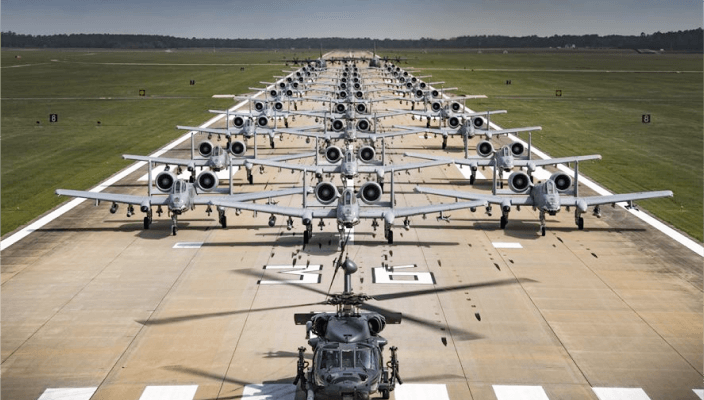
Empowering actors at all levels with a smart set of options at the right time and place demands procuring the most effective, efficient, and resilient set of tools.
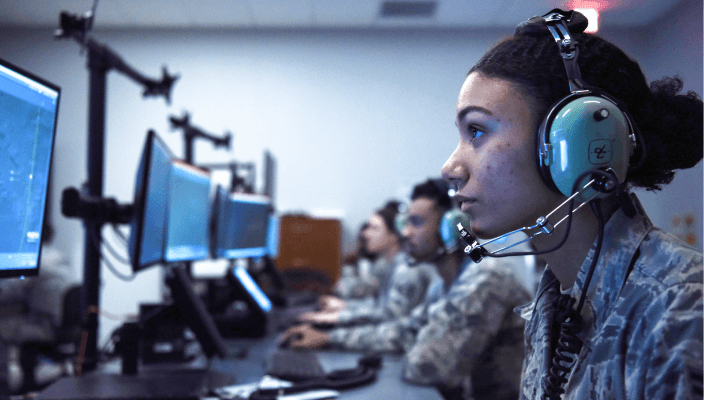
Resource investment must prioritize investments that will yield best value for the Air Force, Space Force, and national security establishment as a whole.
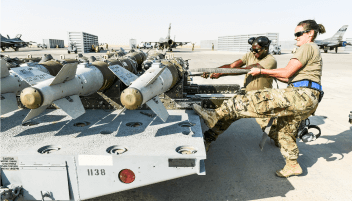
Strategic deterrence is the bedrock of the national security enterprise thanks to the virtues and value of the triad.
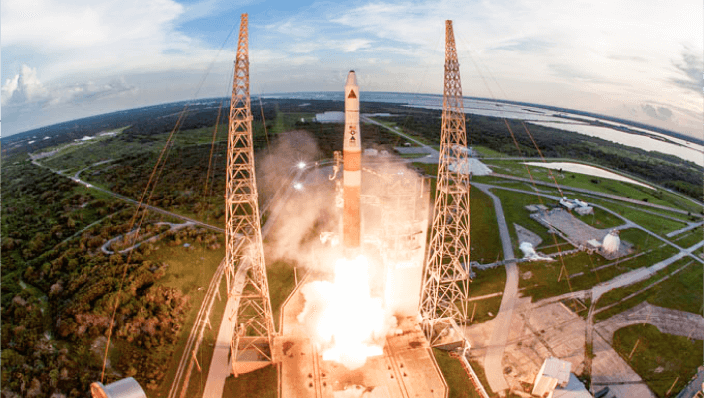
National security space activities are essential facets of any military operation, while also creating conditions essential for the civilian economy.
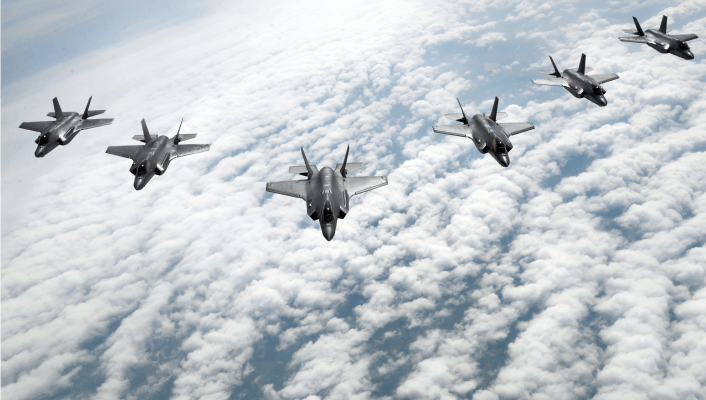
Meeting national security requirements today and tomorrow requires insightful, creative approaches that prioritize America’s strengths, while not projecting undue vulnerability.